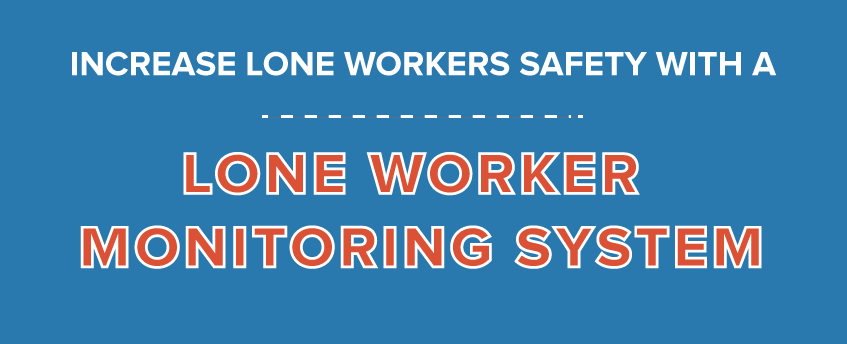
Lone Workers - Major Risks and Policy
There are so many times you wish to be alone in work.
Yes that’s true. Eliminate stress, stop feeling supervisor’s eyes on your side, get work done without frustration, too much stuff and phone calls.
Or just feeling bored and need some relax.
Well, if you consider yourself not lucky enough, just rethink about it and set in place the following question:
Would you really love to be a Lone Worker?
It’s not so simple to answer. Because Lone Working does not mean relaxation and distance from supervision. On the other hand, it may means increased danger, low safety and hard - to deal with - working situations.
Lone working does not automatically imply a higher risk of violence, but it is a general concept that working alone increases the vulnerability of Lone Workers. Moreover, this vulnerability depends on the type of situation in which the lone work is being carried out.
So, just keep in mind that supervision is not a curse. Indeed, in Lone Working situations it could be a real blessing.
Lone Workers have to be safe and employers have a legal and moral duty to keep all of their staff safe. In case of Lone Workers, monitoring procedures must be put in place.
Employers need to know where a lone worker is. Ensuring Lone Workers safety, the company will benefit from increased productivity, improved services to the end customer and reduced business costs.
Taken into consideration that the lone worker’s market is a developing and expanding market worldwide, we have created a detailed infographic to explain basic definitions regarding Lone Workers and all aspects of Lone Working environment.









